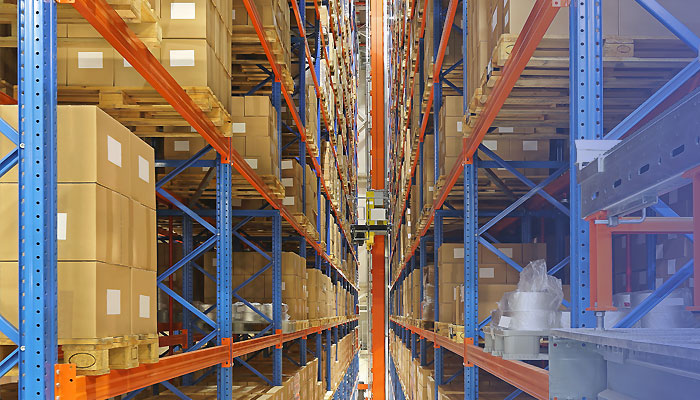CEO of Brightpick and its parent company, Photoneo Brightpick Group
Before co-founding Brightpick, Jan co-founded and led Photoneo, which scaled to become one of the leading 3D machine vision companies in the world with customers such as General Motors, Volkswagen and KUKA. Prior to that, he was a research engineer at Micro-Epsilon, a leading sensor manufacturer. Jan has filed over 20 patents ranging from 3D sensing methods to mobile robotics. He earned a PhD in Computer Vision from Comenius University, during which he also did research on computational cameras and optics at the Massachusetts Institute of Technology (MIT). A recognized expert in the field of AI, machine vision and warehouse automation, Jan has been quoted in publications such as Modern Materials Handling, The Robot Report, Robotics 24/7, Robotics & Innovation, Supply Chain Management Review, TechEU and more. He has also spoken at industry events such as Nvidia’s GTC Conference and PFLD (Package Fulfillment, Logistics and Delivery Expo).
Sr Director of Supply Chain at Netrush
Following a 24-year career in the US Navy serving as the Director of maintenance and supply chain facilities he transitioned to the Director of Supply Chain for Taylor Communications. His role at Taylor was to shrink the overall network and create a single center of excellence. Following a successful launch of that center he relocated to the Cincinnati area and accepted a position at Radial as a labor and operations planning Manager. In this role he worked with major retailers like Dicks Sporting Goods, Levi’s, and Limited Brands. In 2019 he was introduced to the Netrush team and was impressed with the operation and vision and chose to join that team as the Sr. Director of Supply Chain. During this time, Netrush has implemented LEAN throughout the building and decreased dependency on human capital and increased our dependency on technology and automation. He led a project that implemented automation and conveyance to the retail side of the Netrush business. This immediately increased throughput by over 30% and decreased labor spend by over 15%.






